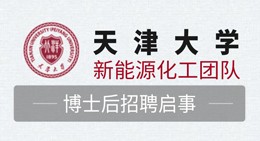The Annals of Regional Science ( IF 1.709 ) Pub Date : 2021-02-03 , DOI: 10.1007/s00168-021-01049-y Kyriakos Drivas
Bringing firms together generates knowledge spillovers which in turn creates innovation and economic growth. However, firm interactions also generate market rivalry. Unlike knowledge spillovers, we know little over the geographic reach of market rivalry. The paper aims to provide a rigorous comparison of these two channels in a large scale. It approximates knowledge spillovers with the staple metric of patent citations. For market rivalry, the metric of trademark oppositions is proposed. The baseline analysis is at the EUIPO, for trademark oppositions, and EPO for patent citations. The country level and NUTS-3 analyses show that there is stronger home bias for knowledge spillovers compared to market rivalry. To provide robustness, similar data are computed for the USPTO, the most populous patent and trademark office in the world, and an office with substantially fewer trademark oppositions due to its different procedures. State- and county-level analyses provide similar results to the baseline analysis.
中文翻译:

哪个旅行更远?知识还是竞争?
将公司聚集在一起会产生知识溢出效应,进而创造创新和经济增长。但是,公司之间的互动也会产生市场竞争。与知识溢出不同,我们对市场竞争的地理范围了解甚少。本文旨在对这两个渠道进行大规模的严格比较。它以专利引用的主要指标来近似知识溢出。对于市场竞争,提出了商标异议的标准。基线分析是针对商标异议的EUIPO,而EPO是专利引用的EPO。国家一级和NUTS-3分析表明,与市场竞争相比,国内对知识溢出的偏见更强。为了提供鲁棒性,我们为世界上人口最多的专利和商标局USPTO计算了相似的数据,并且由于程序不同,商标异议也大大减少。州和县级分析提供的结果与基准分析相似。



























 京公网安备 11010802027423号
京公网安备 11010802027423号